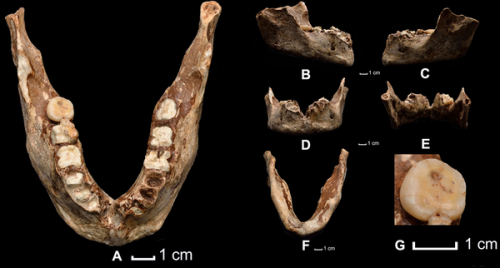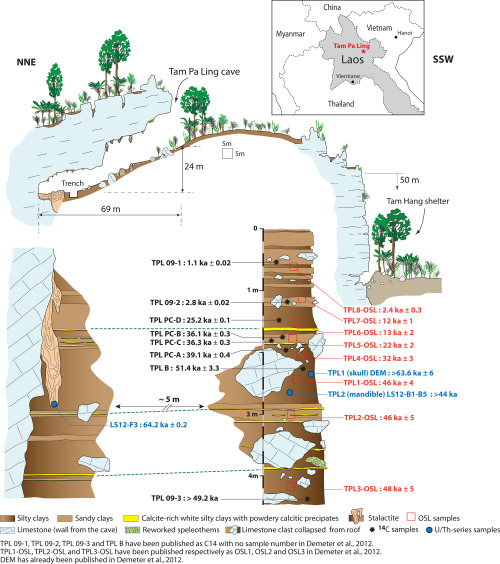theolduvaigorge:Early Modern Humans and Morphological Variation in Southeast Asia: Fossil Evidence f
theolduvaigorge:Early Modern Humans and Morphological Variation in Southeast Asia: Fossil Evidence from Tam Pa Ling, Laosby Fabrice Demeter , Laura Shackelford, Kira Westaway, Philippe Duringer, Anne-Marie Bacon, Jean-Luc Ponche, Xiujie Wu, Thongsa Sayavongkhamdy, Jian-Xin Zhao, Lani Barnes, Marc Boyon, Phonephanh Sichanthongtip, Frank Sénégas, Anne-Marie Karpoff, Elise Patole-Edoumba, Yves Coppens and José Braga“Little is known about the timing of modern human emergence and occupation in Eastern Eurasia. However a rapid migration out of Africa into Southeast Asia by at least 60 ka is supported by archaeological, paleogenetic and paleoanthropological data. Recent discoveries in Laos, a modern human cranium (TPL1) from Tam Pa Ling‘s cave, provided the first evidence for the presence of early modern humans in mainland Southeast Asia by 63-46 ka. In the current study, a complete human mandible representing a second individual, TPL 2, is described using discrete traits and geometric morphometrics with an emphasis on determining its population affinity. The TPL2 mandible has a chin and other discrete traits consistent with early modern humans, but it retains a robust lateral corpus and internal corporal morphology typical of archaic humans across the Old World. The mosaic morphology of TPL2 and the fully modern human morphology of TPL1 suggest that a large range of morphological variation was present in early modern human populations residing in the eastern Eurasia by MIS 3″ (read more/open access).(Open access source: PLoS ONE 10(4): e0121193, 2015) -- source link
#eurasia#paleoanthropology


